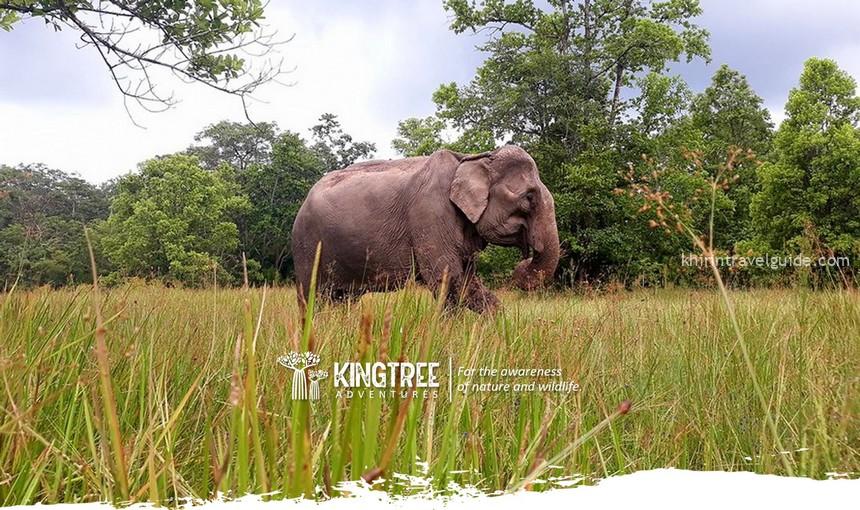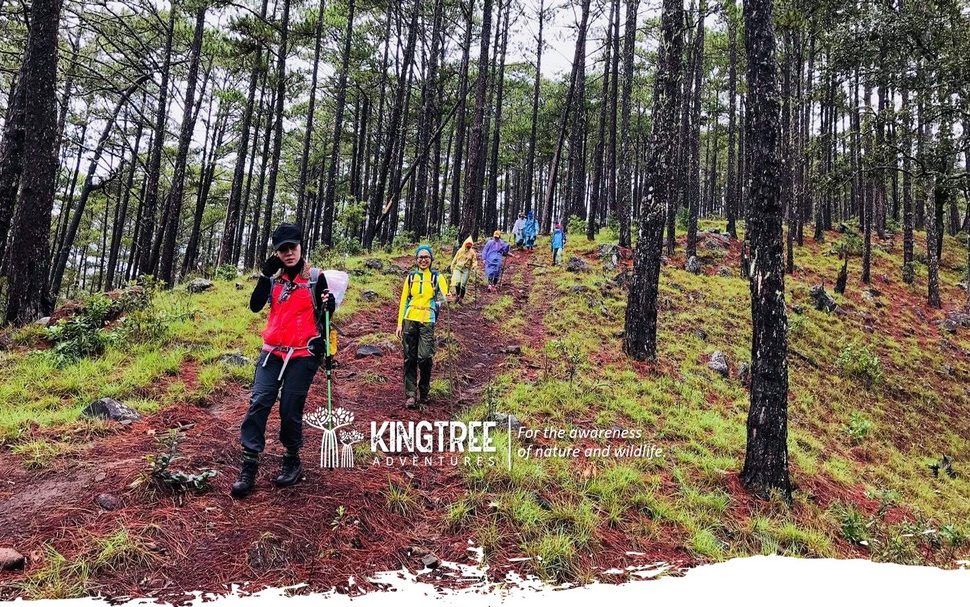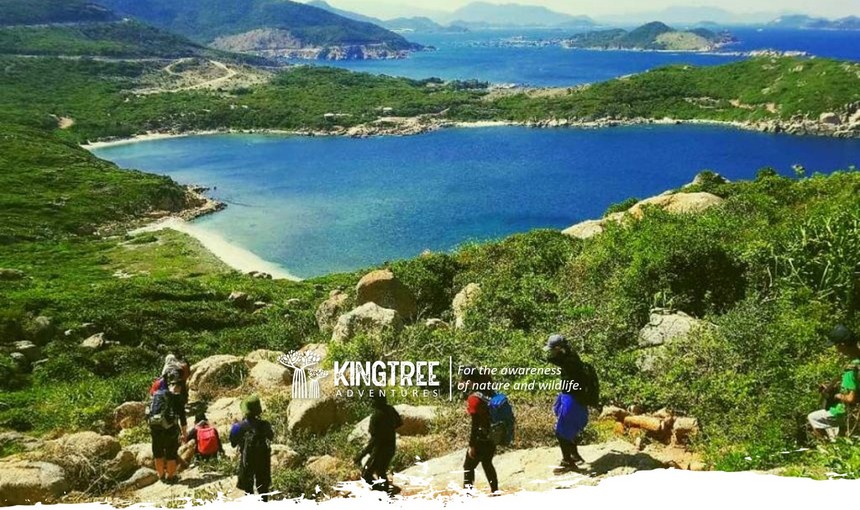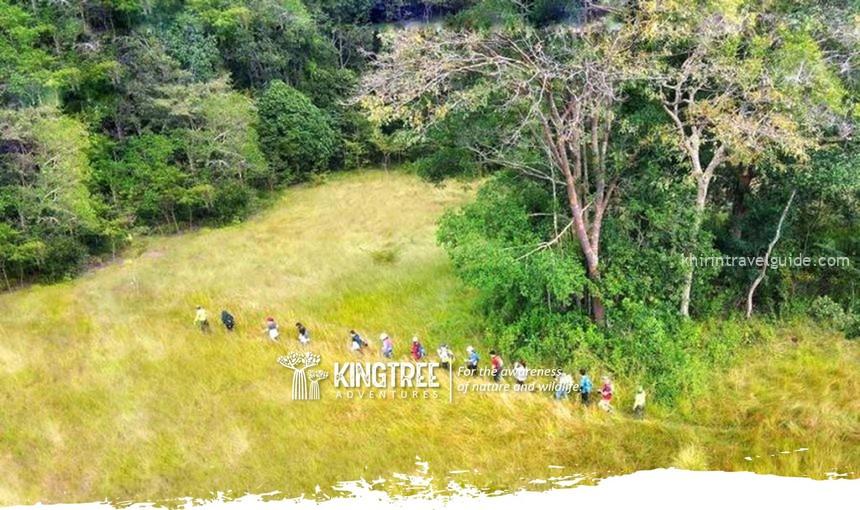In 1992, Yok Don National Park was created. The only national park in Vietnam dedicated to preserving dry deciduous dipterocarp woods (DDF) is Yok Don, which is also the country’s second-biggest national park. DDFs are a distinct kind of forest ecosystem that are home to numerous significant endemic species. They have a lot of low grassland and an open canopy, which is characteristic. Every year, during the dry season that spans from November to April, the trees in this area shed their leaves. Everything swiftly recovers when the significant rains of the wet season (May through October) arrives.
Yok Don National Park harbors an abundance of fauna, encompassing 89 mammal species, 305 avian species, 16 amphibian species, 48 reptile species, 858 plant species, hundreds of freshwater fish species, and thousands of insect species. Numerous species are included in the IUCN Redbook.
Animals
There are now 70 species known to exist, of which 30 are listed in the Vietnam Red Book and 17 on the IUCN Red List (IUCN 2000). This beast is distinguished by its profusion of ungulates. The elephant, tiger, gaur, and bison are among the vital and important species that require conservation.
Birds
Yok Don is home to 250 species of birds, 20 of which are listed in the Vietnam Red Book (2009), nine endemic species, and one species with a restricted distribution, per the findings of the Forest Inventory and Planning Institute’s (2001) and Bird Life’s (2002) investigations. Polyplectron germaini, Pavo muticus, Anorrhinus tickelli, Ichthyophaga ichthyaetus, Butastur liventer, Polihierax insignis, and Leptoptilos javanicus are among the species that are globally threatened.
Reptiles, frogs:
48 species of reptiles belonging to 17 families, 4 sets, and 16 species of frogs belonging to 4 families, 1 set. Of these, 16 species (or 29.6% of the total number of species) are listed in the Vietnam Red Book (2000); 2 species (or 3.7 percentage of the total number of species) are at threat level E (Endangered); 9 species (or 16.6% of the total number of species) are at threat level V (Vulnerable); 5 species (accounting for 9.2 percentage of the number of species) are at threat level T (Threatened).
Flora
Of the 108 vegetation families, 16 have more than 10 species. These include the following: Ricinus (Euphorbiaceae): 50 species; Coffee (Rubiaceae): 40 species; Bean (Fabaceae): 35 species; Chrysanthemum (Asteraceae): 24 species; O ro (Acanthaceae) and Rice (Poaceae): 14 species; Apitong (Dipterocarpaceae): 13 species; Custard-apple (Annonaceae) and Caesalpiniaceae: 12 species; Mint families (Lamiaceae), Verbena (Verbenaceae): 11 species; Anacardiaceae, Combretaceae, and Cyperaceae: 10 species.
The Vietnam Red Book (1996) lists 14 unique and valuable species that are endangered and should be conserved; of these, 07 are listed as vulnerable (V: Vulnerable), 01 as threatened (T: Threatened), and 06 as inadequately known (K: Insufficiently know).
There are 227 wood species, lot of them have high economic value as Dalbergia, D. cochinchinensis, afzelia xylocarpa, pterocarpus macrocarpus, sindora siamensis, xylia xylocarpa, hopea odorata, shorea siamensis, S. obtuse… Moreover, there are 116 medicinal species, 35 ornamental species and another resource value as providing materials for knit, handicraft and food…





